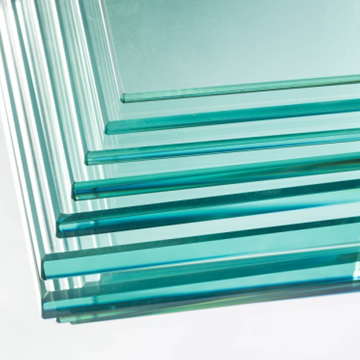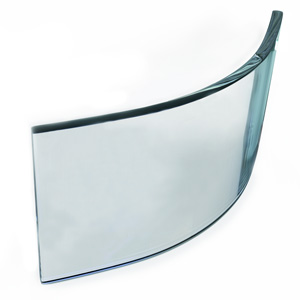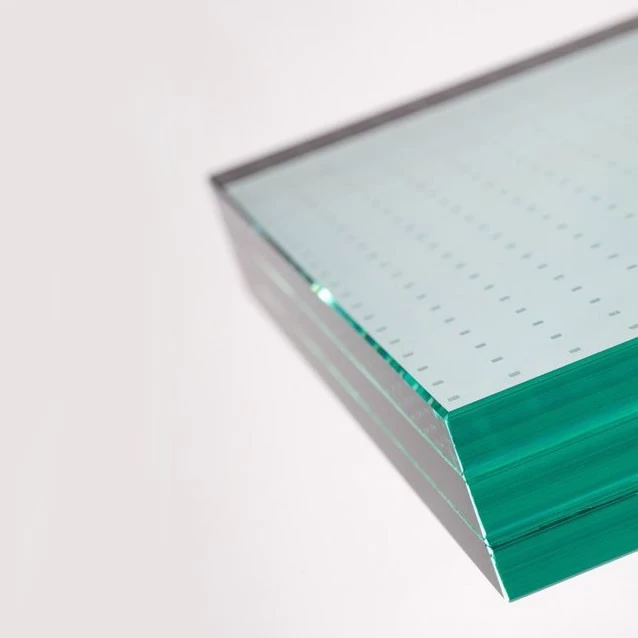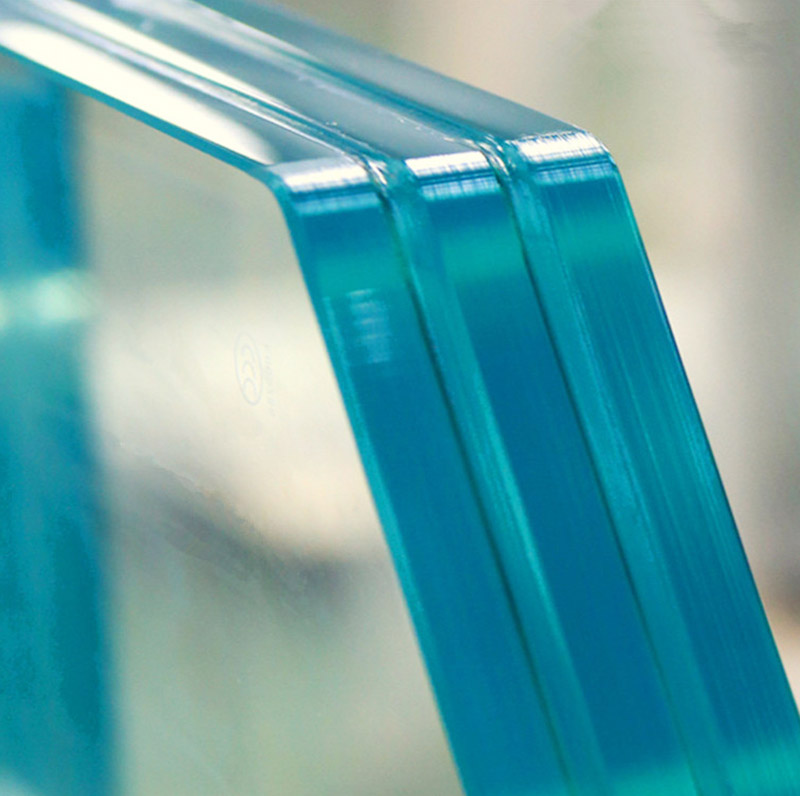Even though technology has improved, you may have heard of a glass door suddenly breaking with a loud pop and a smashing sound. There have been many reports of windows and balconies breaking and falling from high-rise buildings in different places across the world. Though rare, these accidents pose risks that lead building code writers, architects, government officials, and other professionals in the industry to rethink which types of glass should be used. Can heat break glass?
Rapid changes in heat can break glass, which is a poor thermal conductor. Rapid heat changes cause stress on thin glass which later starts fracturing. As the temperature rises, glass can break at about 302 – 392°F (150° Celcius).
Architects and specifiers need to know all possible reasons why glass breaks on its own and some common misconceptions about how spontaneously it breaks. When people talk about “safety glazing,” they usually mean any glass made to make it less likely that people will get hurt if they touch it.
Even though no regular pattern has been found, most of the people whose windows broke say it was because of changes in temperature at the time it happened. I have done intensive research to find out the relationship between heat and glass breaking. So, “can heat break glass?”
Heat has varying effects on glass at different temperatures. I will answer some of the most common questions about the impact of heat on glass in this article; among them are the temperature at which glass breaks among other concerns.
At What Temperature Does Glass Break?
Glass is most likely to break as the temperatures increase to and above 302° F (150° C). There are several factors that can cause the glass to break independently and that include thermal stress.
With thermal stress, the glass will expand with an increase in temperatures. The expansion makes internal flaws or impurities like nickel sulfide create an imbalance in its structure, which leads to its breaking when it reaches its breaking point. These changes often affect ordinary glass as opposed to tempered glass.
Also, a combination of temperature and pressure causes the glass to break. The main effect of heat is the “freeze and thaw” action, which is the rapid shifting in temperatures. As a result of its poor heat conductivity, glass is susceptible to stress fractures that may lead to its eventual breakage.
When heated to 390 degrees Fahrenheit, the thin glass begins to break. An excessively intense heat source (e.g., 500°C) can cause a glass container to lose shape and change into plastic.
At What Temperature Does Glass Crack?
The temperature at which glass cracks will depend on the speed you heat the glass, meaning there is no specific cracking temperature. Several other factors contribute to the cracking or shattering of glass.
No particular temperature is necessary; if heated uniformly, the glass will not crack even at extremely low temperatures, and it will remain intact as the temperature rises until it melts. Is it feasible to have a significant differential in temperature between one end and the other or between one side and the other? As a result, glass is very likely to shatter.
If you fill a glass halfway with ice-cold water before adding boiling water. Differential heating or cooling does not generate as much stress while moving from a low-temperature zone to a high-temperature zone because “Pyrex” (a trademark for low thermal expansion glass, but a different type as before) does not expand contract as much.
The following ways can help prevent the cracking of glass from these factors.
· Heating glass dishware or household glass evenly and slowly for uniform expansion.
· Applying unique color or coating on glass patio or panel doors to slow or distribute heat evenly.
· For glass doors and window panes, you can add an outdoor shade to provide some shade and minimize direct heat.
· If glass dishware gets too hot, avoid pouring ice-cold water suddenly.
The architectural Glass Supplier In China:
Wallkingdon Glass is a leading glass supplier in China for architectural and interior glass and offers a variety of tempered and laminated glass products to satisfy a wide range of applications.
If you have any question for any type of glass , pls kindly contact us via enquiry@wallkingdonglass.com







